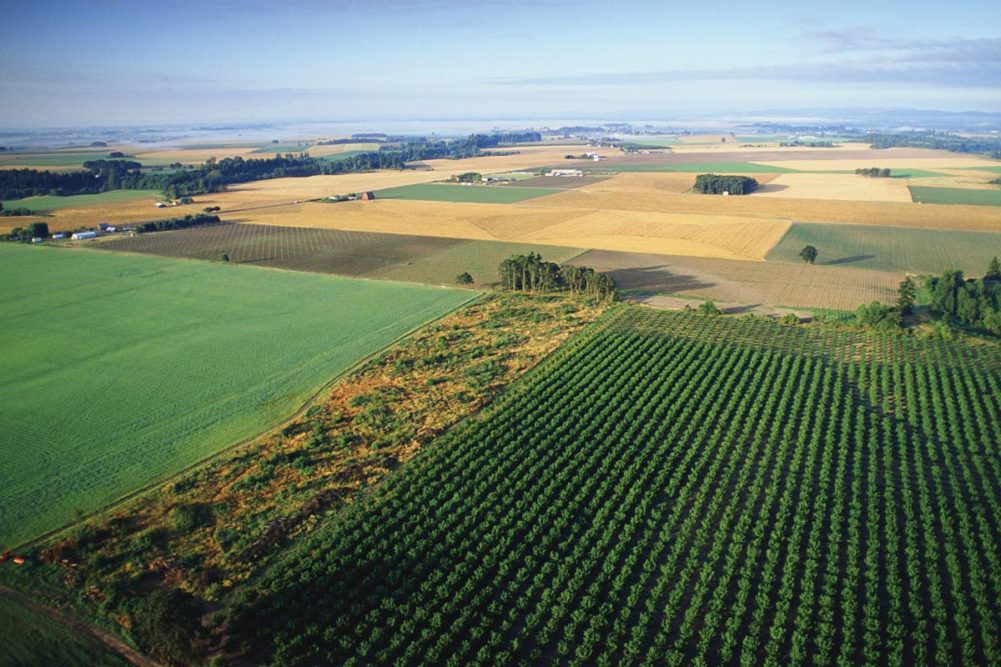DENVER, COLO. — The US economy is recovering from the impacts of coronavirus measures, but the sharpest gains are already done, according to a quarterly report from CoBank’s Knowledge Exchange.
“Economic data prior to the recent resurgence of coronavirus cases has shown a consistent, steady improvement in the US economy, coinciding with business re-openings,” said Dan Kowalski, vice president of CoBank’s Knowledge Exchange division. “But traditional economic data can go stale remarkably fast in the COVID era, making high-frequency economic indicators an essential tool. And those indicators are signaling a plateau, followed by a possible downshift in the economy.”
US grain has been moving and basis has generally tightened since April 1, the report said. Wheat export activity has been strong and domestic demand has been healthy, as home-bound consumers buy more packaged food. China has been buying US grain, although the run rate is below the levels agreed upon in phase one of the trade deal. Sorghum exports to China have been especially robust; sorghum basis has tightened meaningfully in response to strong export demand, it said.
Farm supply retailers benefited from a healthy spring agronomy season and are well-positioned for the remainder of the growing season, according to the report. Crop progress has been above average amidst favorable weather.
The US Department of Agriculture (USDA) rated around 70% of corn, soybean, and spring wheat crops as good-to-excellent in its June 29 report.
Ethanol production and margins began to recover during the second quarter as U.S. economies began to reopen. However, coronavirus is resurging in several states and renewed activity restrictions will potentially reduce driving and fuel demand. Looking ahead to 2021, ethanol fuel demand may recover to only 85% to 90% of pre-COVID levels, CoBank said.
US chicken plants endured far less COVID-19 disruption in the second quarter than beef or pork. The chicken sector swiftly filled retail meat cases when demand shifted from foodservice and the red meat supply dropped. While chicken producers have been able to manage through their production disruptions, demand and prices have been volatile.
CoBank analysts expect around 3% industry growth for the sector in 2020 as its value-proposition may appeal to US consumers facing a difficult economic outlook.
Beef packing plant capacity fell to historic lows in late April. Beef production and prices have now returned to pre-pandemic levels. Concern within the beef sector is now shifting from supply to demand.
Food service traffic has improved, but many social distancing restrictions remain. This means ongoing challenges for the dine-in, full-service sector, which especially hurts the beef complex.
The pork industry has rebounded from a supply chain shock that saw US production fall by nearly half, before climbing back to above prior-year levels two months later.
COVID-19 continues to snarl supply chain logistics with specialty crops growers fearing further losses in food service demand as the pandemic resurges. Growers that have contracts with grocers and retailers have fared better.
The full report is available on cobank.com. Each CoBank Quarterly provides updates and an outlook for the Global and US Economic Environment; US Agricultural Markets; Grains, Biofuels and Farm Supply; Animal Protein; Dairy; Other Crops; Specialty Crops and Rural Infrastructure Industries.
Follow our breaking news coverage of the coronavirus/COVID-19 situation.




